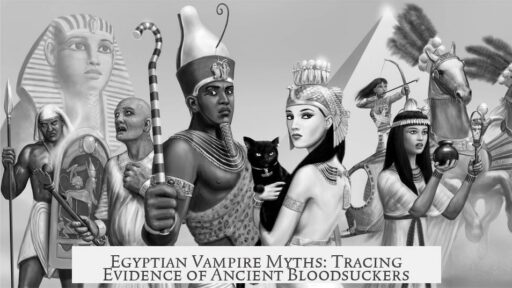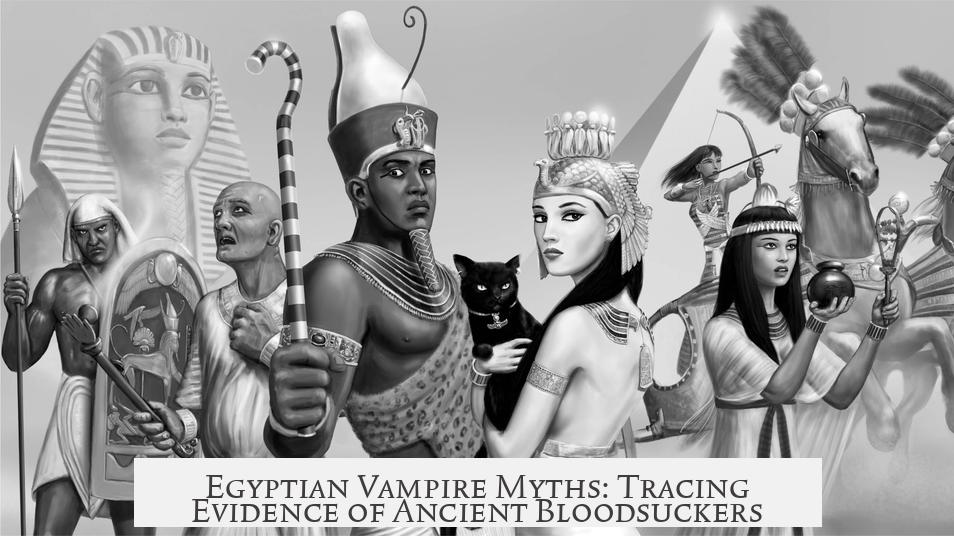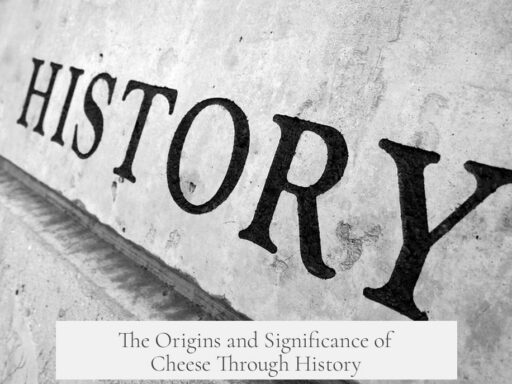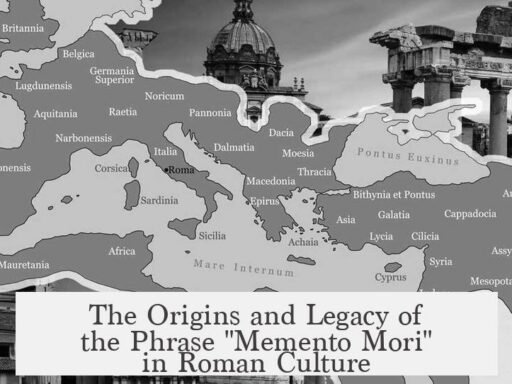There is no concrete evidence that ancient Egypt had a vampire mythology resembling the modern concept of vampires. While some Egyptian deities like Sekhmet display blood-drinking traits, these do not align with the undead, bloodsucking creatures found in later vampire legends.
Modern vampire myths largely originate from Romanian folklore, particularly the strigoi, which were adapted through works like “Varney the Vampire” and Bram Stoker’s “Dracula.” These Western vampire stories differ greatly from ancient Near Eastern and Egyptian mythologies.
The earliest myths related to vampire-like beings trace back to the ancient Near East, not Egypt. Persian myths include blood-drinking creatures. Babylonia and Assyria featured entities called lilitu, female night spirits associated with wind and disease—common themes in vampire stories.
| Mythological Source | Vampire-like Traits | Details |
|---|---|---|
| Babylonia/Assyria | Proto-vampire spirits | Lilitu linked to disease and night, possibly early vampire motifs |
| Persia | Blood-drinking creatures | Mythological beings that drank blood, predating vampire folklore |
| Ancient Egypt | Blood-drinking goddess | Sekhmet, a lioness war goddess drinking blood but not undead or vampiric |
Sekhmet offers a rare Egyptian example of blood consumption. She is a fierce war deity and lioness who drinks blood. Her mythology culminates with her transformation into Hathor after being tricked into drinking red beer, mistaken for blood. This story symbolizes taming her violent nature. However, Sekhmet is a single deity, not part of a broader undead or vampire-like population.
Ancient Egyptian texts lack any race or species resembling vampires. Their folklore and religion feature gods and spirits but no undead bloodsuckers. Instead, their focus is on order, afterlife rituals, and protective deities. Blood in Egyptian myths symbolizes life force or sacrificial power, not vampirism.
Proto-vampire traits appear more clearly in Mesopotamian cultures through spirits tied to disease and night predation. Thus, while some Egyptian figures might superficially resemble vampire attributes, these do not form a foundational vampire mythology.
- No direct evidence supports vampire myths in ancient Egypt akin to modern vampires.
- Blood-drinking goddess Sekhmet exists but does not represent vampirism.
- Ancient Near Eastern cultures show stronger early vampire motifs.
- Modern vampire lore primarily derives from Eastern European folklore, not Egyptian sources.
Did ancient Egyptian mythology include vampire-like creatures?
Ancient Egyptian texts do not describe vampires as undead blood-drinkers. Some deities, like Sekhmet, drank blood, but she was a war goddess, not part of a vampire race or myth.
Are there any blood-drinking figures in ancient Near Eastern myths?
Yes, cultures like Persia, Babylonia, and Assyria had spirits such as the lilitu. These were early blood-drinking figures linked to disease, which connects them to vampire myths.
How is Sekhmet related to vampire stories?
Sekhmet drank blood as a war goddess, but this act was symbolic of violence, not vampirism. She was later transformed into Hathor after being tricked into drinking red beer.
Why do modern vampire myths sometimes mention ancient Egypt?
Modern myths sometimes link vampires to Egypt due to its mystique. However, no direct ancient Egyptian vampire legends match the modern concept of vampires.
Which ancient cultures provide the earliest vampire-like myths?
The earliest vampire-like myths come from the ancient Near East, especially Persian, Babylonian, and Assyrian cultures, which featured spirits associated with blood-drinking and disease.




